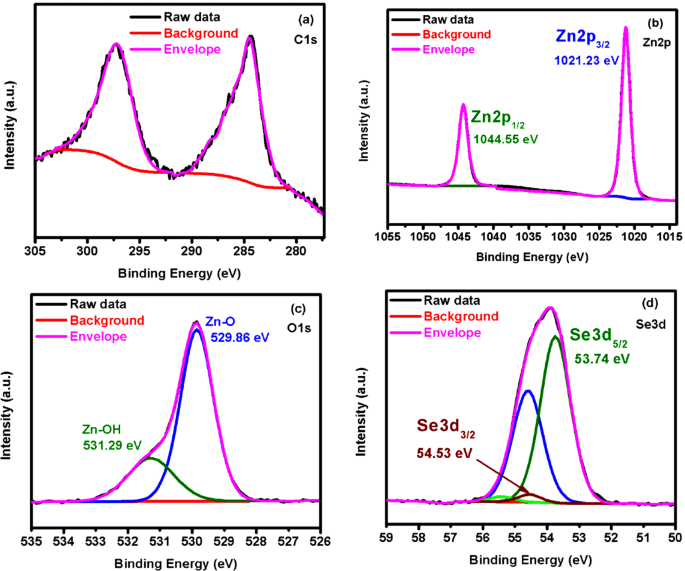

It is generally accepted that the main constituent of the corrosion products from bronzes consists of Cu(II) salts, however, the corrosion behaviour depends both on the specific environment and on the alloy characteristics and, therefore, the colour of the copper-based stains is certainly influenced by the presence of associated elements contributing to the weathering process. The staining phenomena are not only perceived as an aesthetic problem confined to surfaces but also as promoters of a gradual deterioration that over the long term reduces the legibility of the artefacts and deprives those monuments of their intrinsic (historical, religious or political) value. Since all stones are, to various extents, porous, the rainwater laden with corrosion products enters the capillary net and when the stone starts to dry, those products deposited in a sub-surface volume are giving rise to efflorescence and the appearance of stained patches. It is common, in fact, that the corrosion products, dissolved and washed by rain, can reach portions of the nearby stone surfaces.

Outdoor bronzes are subjected to continual corrosion and dissolution processes, as well reported in literature : associated with these processes are the coloured stains often observed on stone surfaces of outdoor monuments as the results of leaching from the attached bronze artefacts exposed to rainfall. In this work we have analysed samples from two modern limestone monuments in Rome, the Botticino surfaces of the ‘Vittoriano’ (by G.Sacconi, 1885-1911- Piazza Venezia) and the travertine basement of the ‘Statua dello Studente’ (by A.Cataldi, 1920- University city, La Sapienza), and focussed our investigation on the chemical composition of the copper-stained zones using XPS (X-ray Photoelectron Spectroscopy) as a surface-specific technique.īased on observations reporting on the structure and bonding at the calcite surfaces we have identified copper complexes and mixed calcium/copper carbonates associated with the stains, as well as the chemical state of other elements therein included, and related the compositional changes with differences in chromatic characteristics and sampling locations. In outdoor conditions, such a combination implies the corrosion products of the copper based alloy, directly exposed to rainwater, will be drained off and migrate through the porous surfaces, forming stains of different colours and intensities, finally causing the limestone structures to deteriorate. Limestone basements holding bronzes or other copper alloys artefacts such as sculptures, decorations and dedicatory inscriptions are frequently met both in modern and ancient monuments.


 0 kommentar(er)
0 kommentar(er)
